David Stairs

Adolf Hitler once referred to the British as “a nation of shopkeepers.” But the Brits had nothing on the Indians when it comes to small business. One needn’t look too far to notice the importance of commerce to India. It is tantamount to a religion. I remember how focused Indians in East Africa were on business, often to the dismay or resentment of Africans. It goes without saying that, in their own bailiwick, Indians have to hustle to survive, and competition is keen.
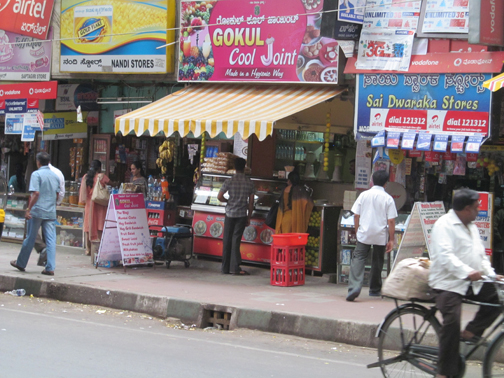
Visual clutter on Sampige Road, Mallesvaram, Bangalore
Vaishyas, or the Indian merchant caste, make up a good percentage of the population. People are known by their name: a friend of mine whose surname is Shah is from Gujurat. Anyone from that area would know her name designated her as from a merchant family. How does a society where large proportions of the citizens rely on business function? The formal sector is much the same as it is in America; you can find it at malls, and in specific markets and neighborhoods. The informal sector works the streets, and is more regulated than in Africa, but is sprawling and difficult to coordinate.
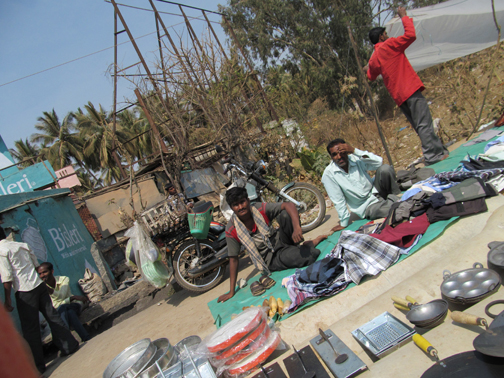
Street vendors, Yelahanka In designated market neighborhoods, some vendors sit by their merchandise all day. Others arrive around late afternoon and set up for five hours or so. This makes for great confusion, but also great opportunity for consumers to find what they need at a an affordable price.
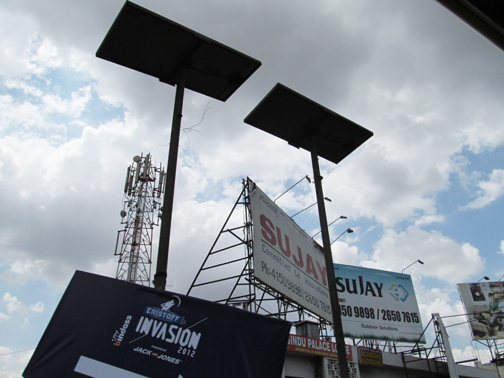
Advertising is wild and seemingly uncontrolled. Aside from billboards or TV spots, it’s hard to imagine how media buys are costed in India. I suspect things are a whole lot less orderly than that. Commercial signs are everywhere, in some places on every available surface. Sidewalks are cluttered with portable signboards, and storefronts are littered with messages. Much of this noise is lost in hard-to-filter sensory overload.
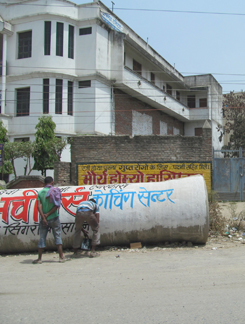
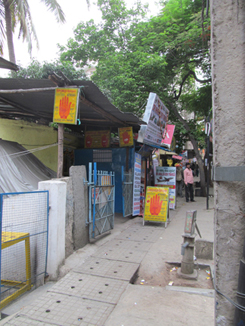
Pipe painters at left
Even unusual surfaces are pressed into service. Cement sewer pipes, waiting on a roadside for a stalled project to resume, are whitewashed and painted with messages. In rural areas, buildings and fences are prime surfaces, and even small shacks in the middle of fields are branded with the dominant local cement manufacturer’s logo.
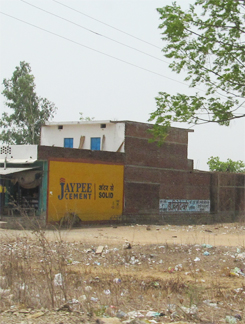
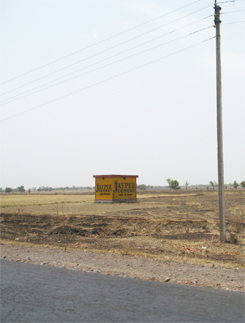 Cement branding in dry Madhya Pradesh
Cement branding in dry Madhya Pradesh
In Benares many of the boats along the waterfront are branded. In any other place this would not seem such a clash, but in the holy city along the sacred Ganges it feels out of place.

Of course, one has to make room for wonderful vernacular signage, and India certainly has its share of this. Whether Pandit Bone Setter gets my business is almost unimportant. He’s certainly got my attention.


Indian society is not sensitive to the same things western societies are. Noise pollution and visual pollution, although not always welcome, seem necessary to Indians. Perhaps the superfecundity of advertising images is one of the things driving the Indian economic miracle. Then again, the Indian eye for decoration and detail is unique. Scandinavian or Swiss communication design would seem as out of place here as a buffalo on an interstate highway back home.
David Stairs is the founding editor of Design-Altruism-Project











Leave a Reply
You must be logged in to post a comment.